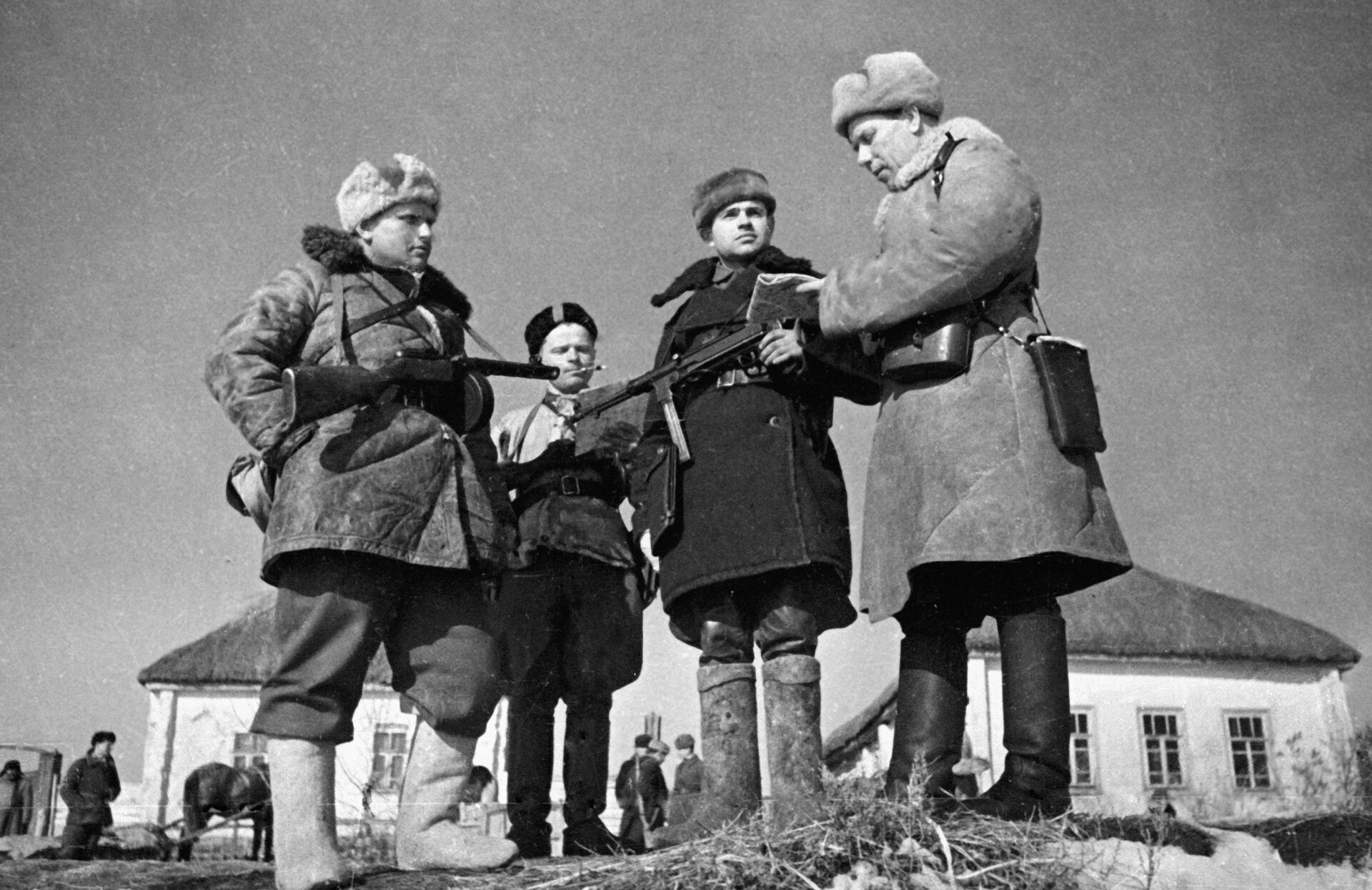
Soviet partisans.
Yakov Ryumkin/Sputnik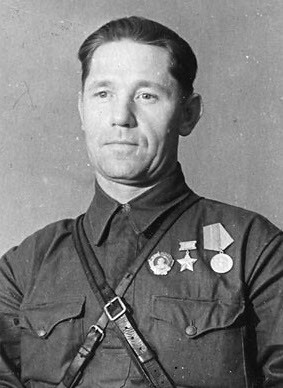
Fyodor Pavlovsky, who lived in southern Belarus, was one of the first partisan commanders of the war. A former military man who became a civil servant, he organized a partisan detachment known as Krasny Oktyabr (Red October) here in early July 1941.
The detachment's fighters tirelessly harassed the enemy and at times were bold enough to undertake daring operations against them. One of the most well known of these actions was the destruction of the HQ of a German formation in the village of Glusha, which the partisans carried out jointly with a Red Army unit.
"Even before dark, the partisans made their way to Glusha pretending to be local peasants," recalled Pyotr Kalinin, one of the leaders of the partisan movement in Belarus. "When it got dark, they were the first to open fire on the German sentries after having sprung an ambush. Grenades flew into the windows of the school where the Nazis were spending the night. It was the signal for a general attack. Almost at the same time Red Army soldiers burst into the village from one side and partisans led by F. I. Pavlovsky from the other… Enemy officers and soldiers, half-dressed, jumped out of the houses and immediately came under fire from our fighters. Only a few of them managed to escape."
Fyodor Pavlovsky continued to lead various partisan formations on Belarussian territory until its complete liberation in the summer of 1944. After that he was recalled to Moscow and transferred to the reserve.
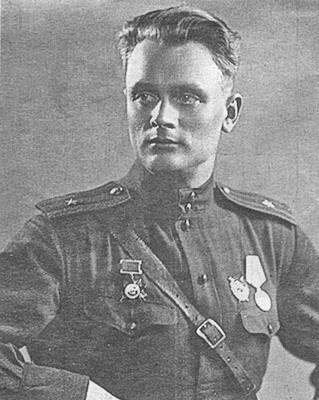
In the summer of 1942, reconnaissance officer Alexander German took charge of the 3rd Leningrad Partisan Brigade operating in the northwest of the Soviet Union. An outstanding commander and talented organizer, he rapidly increased the numerical strength of his formation 16-fold - from 150 to 2,300 men.
Up to the autumn of 1943, German's partisans killed 9,500 German soldiers, staged 44 derailments of trains carrying hardware, blew up 31 railway bridges, and wiped out 17 garrisons and about 70 enemy district administrations.
On the night of Sept. 5-6, 1943, in the course of a punitive expedition, the brigade was surrounded by the Germans near the village of Zhitnitsa, not far from Pskov. The partisans refused to surrender and, despite the numerical superiority of the enemy, opted to put up a fight.
Twice wounded, Alexander German managed to lead his partisans out of the encirclement. A third wound he received during the fierce battle, proved fatal.
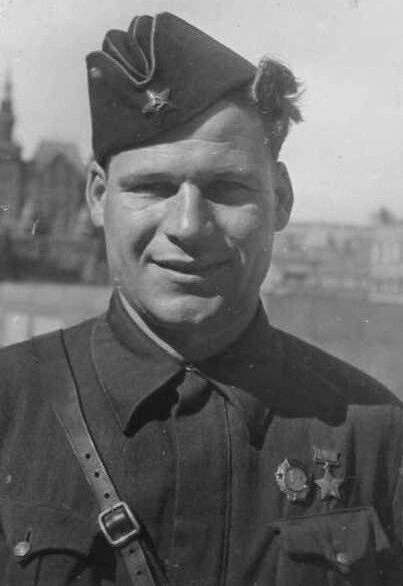
"In battle, Mikhail Duka was steadfast, bold and always confident of victory. Arguably, it was this absolute belief in victory and the righteousness of our cause that helped him carry out daring raids and acts of sabotage, and at difficult times lead first his detachment and later his brigade out of the most perilous situations. He believed in us, the partisans. And we had infinite trust in him," was how the commander of the Bryansk Partisan Brigade was described by one of the brigade's fighters, Fyodor Kostin.
The formation led by Mikhail Duka killed thousands of enemy soldiers and officers, took hundreds of prisoners, wiped out 17 enemy garrisons, derailed about 100 trains with ammunition, fuel and food, blew up 57 railway and highway bridges, destroyed over 500 vehicles and even shot down one aircraft.
In 1944 Duka was transferred to the regular army. On April 24, 1945 he was entrusted with the command of the 82nd Guards Rifle Division, with which he took part in the Battle of Berlin.
Vasily Chuikov, commander of the 8th Guards Army, recalled how the former partisan encouraged his soldiers to make a forced crossing of the River Spree: "When the members of the reconnaissance unit who were to swim across the water obstacle started hesitating a bit, Duka threw off his jacket and boots and leapt into the river first. The water was cold as it was spring, but that did not stop him. After swimming to the opposite bank, he untied two boats and brought them across to our side of the river. The reconnaissance men hastened after their commander. Soon the whole division - some in boats, and some swimming across - were forcing the river."
At the Victory Parade on Red Square in Moscow on June 24, 1945, Mikhail Duka, by now promoted to the rank of major-general, was entrusted with carrying a symbolic key to the vanquished capital of Nazi Germany.

When the German army invaded the Soviet Union, World War I and Civil War veteran Sidor Kovpak had already turned 54. Despite this, he took up arms again and became one of the most famous figures in the partisan movement in Ukraine.
In September 1941 Kovpak led a small partisan detachment numbering scarcely more than 10 men hiding in the Spadshchansky Forest near the town of Putivl in northeast Ukraine. Within a mere half-year Kovpak's Putivl detachment had evolved into the Sumy partisan unit numbering about 1,500 fighters.
In the summer of 1943, Kovpak's unit was instructed to carry out a large-scale raid on the territory of Western Ukraine, which was subsequently to become widely known as the "Carpathian Raid". In the course of three months, the partisans covered 2,000 km behind enemy lines, smashing up to 17 German garrisons, derailing 19 trains, destroying 51 depots and 52 bridges, and also putting a number of power stations and oil fields out of action.
"Our arrival at the approaches to the Dniester was so unexpected to the Germans that they mistook the partisans for assault forces dropped by parachute," Sidor Artemyevich recalled. "Detachments of gendarmerie began to rush around the roads in their vehicles. One such detachment ran into us near the town of Skalat. We had stopped here for a day’s rest at the side of a wood. Deciding that they were dealing with a small detachment of Soviet paratroopers, the German gendarmes deployed in extended order and mounted a ‘human wave’ attack against the partisan formation, which actually numbered around 2,000 fighters. We allowed those goons to approach so close that we were able to have a laugh as the expressions on their faces instantly changed when the entire edge of the wood suddenly came to life and a tidal wave of partisans advanced to confront the enemy… The gendarmes got blown away in a split second.”
In late 1943, "Grandad", as Kovpak was nicknamed by the partisans, was forced by illness to hand over command to his deputy, Pyotr Vershigora, and to withdraw to territory controlled by the Red Army. In honor of its former commander, the Sumy partisan unit was soon afterwards renamed the 1st Ukrainian Partisan Division named after Twice Hero of the Soviet Union S.A. Kovpak.
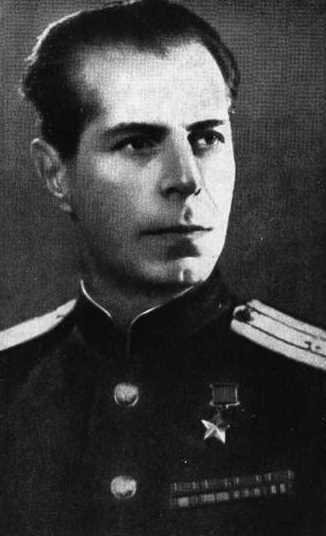
In August 1941, Dmitry Medvedev, a seasoned operative of the state security bodies, took charge of the Mitya operational group operating in the Smolensk, Bryansk and Mogilev regions. Here he not only conducted around 50 major operations, but also created the prerequisites for the emergence of a so-called partisan territory - an extensive liberated area behind enemy lines firmly in the hands of partisans.
From June 1942, Medvedev became the permanent commander of a special-purpose partisan detachment named the Pobediteli (The Victors), which was dropped into Western Ukraine. The formation included members of the Separate Special-Purpose Motorized-Rifle Brigade as well as Spanish anti-Fascists who had settled in the USSR after the defeat of the Republic in the Spanish Civil War.
Apart from destroying enemy personnel and objects of military infrastructure, Medvedev's partisans hunted down high-ranking Nazi officials and Wehrmacht generals (the Pobediteli notched up 11 such bigwigs). In December 1942 a group of detachment members commanded by intelligence agent Nikolai Kuznetsov organized a successful ambush of officers of the German HQ and learnt the location of Hitler's general headquarters on the Eastern Front - the Werwolf bunker was not far from the city of Vinnitsa (Vinnytsia) in Central Ukraine.
In early 1944 the Pobediteli rendered assistance to advancing Red Army units in the large-scale battle for Right-bank Ukraine (i.e. the area west of the River Dnieper), and the detachment was disbanded in October of that year. After Victory, Dmitry Medvedev was sent to Lithuania, where his wealth of experience proved useful in combating the local opponents of Soviet power known as the 'Forest Brothers'.
If using any of Russia Beyond's content, partly or in full, always provide an active hyperlink to the original material.
Subscribe
to our newsletter!
Get the week's best stories straight to your inbox